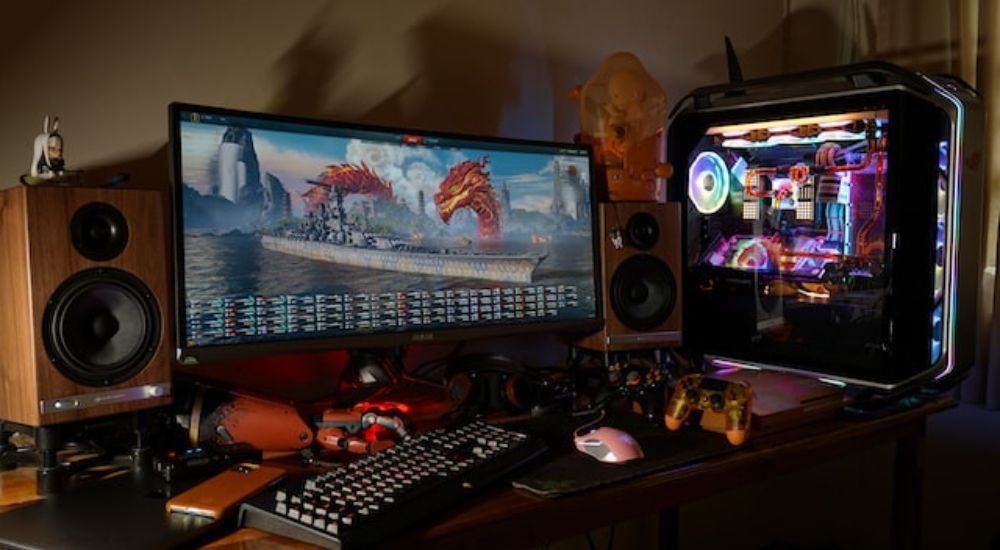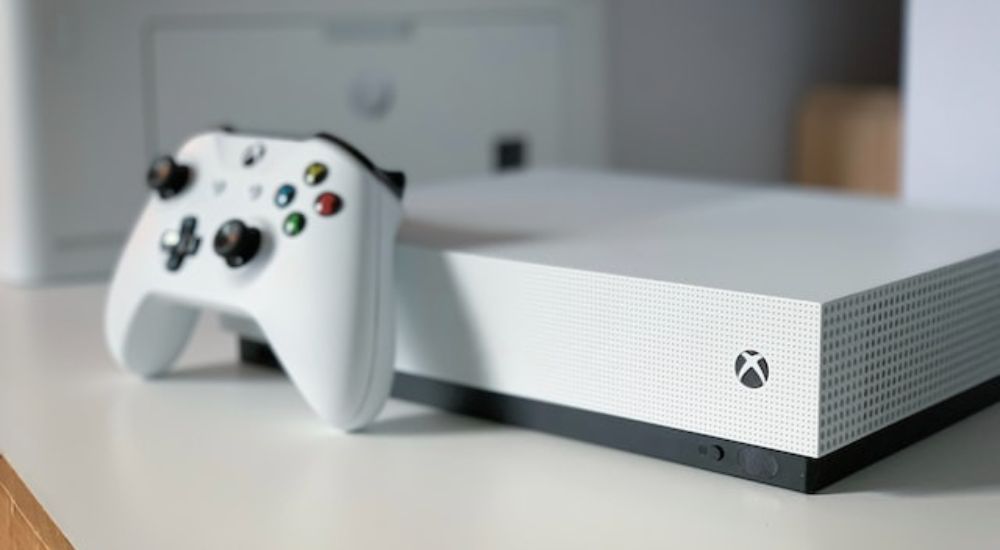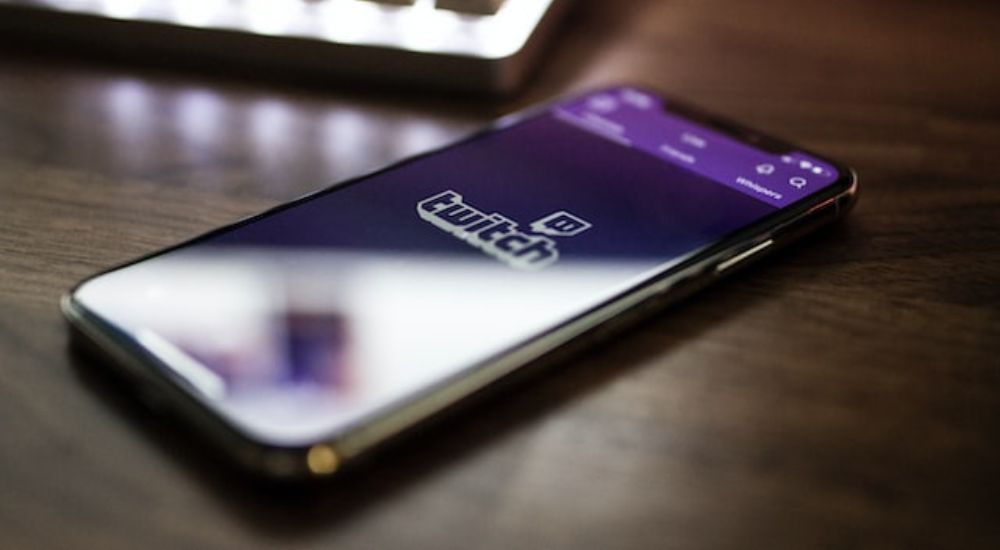When it comes to developing a game, one of the earliest decisions you will have to make is choosing the game platform(s) for which you want to launch. Currently, there is a wide variety of platforms to choose from, so making the correct choice from the start is important.
A 2019 research led by Statista found that “PC remains the frontrunner” when talking about developer support. About two-thirds of surveyed developers are currently working on games for computers and 60% find it one of the most exciting game platforms.
Mobile games are currently the dominating force in the gaming market, but it doesn’t mean that it’s not worth developing for other platforms.
In this article, we’ll give you a brief history of gaming platforms, explain the difference between active and passive gaming, and list the leading ones out there.
What is a game platform?
A game platform is nothing more than an environment capable of running a software (in this case, a game), which provides the gaming experience to the player. It is usually made by the junction of client input controls, graphics, client software (or “game client”) and hardware. In many cases, like what happens with consoles, there are some features exclusive to those platforms that support and further enhance the gameplay.
A brief history of gaming platforms
In the very beginning, people played games in those big, coin-devouring arcade machines. Not long after, many companies were getting their feet wet in the gaming industry by developing the first home consoles – with Magnavox Odyssey (1972) being the pioneering one.
Then, came some recognized names in the gaming field: Atari 2600, Nintendo Entertainment System (NES), Sega Genesis, Super Nintendo Entertainment System (SNES), the famed PlayStation, Nintendo 64 and Xbox to name a few.
At the same time, the hardware for computers got better and came with the bonus of being very versatile machines, allowing them to run more resource-intensive games while also serving other purposes, such as browsing the internet, storing files and many other things.
However, as the gaming industry reached more players across the globe and created an ever-increasing demand for cutting-edge, innovative experiences, the creation of different kinds of gaming platforms was imminent.

A new challenger approaches: smartphones
When Steve Jobs first announced smartphones (the iPhone!) to the world back in 2007, who could have imagined that, mere 15 years later, they would be LITERALLY everywhere? Likely the most groundbreaking product announcement of our lifetimes yet, it reshaped how we perceive and interact with the world around us.
Gaming companies, seeing the incredible potential smartphones had, would of course take advantage of such a revolutionary technology. Nowadays called “mobile gaming”, it’s currently the leading source of revenue for game developers, making up more than half of the total gaming revenue in the entire world.
In recent years, the advent of remote cloud gaming and improvements to extended reality games (like VR and AR) have brought them to the spotlights. Whether they will be around in the following decades is still a mystery, though the outlook seems promising.
All gaming platforms: active and passive ones
In the world of gaming, there are numerous platforms that have captured the hearts of gamers worldwide. These platforms, be it consoles or streaming services, have revolutionized the way we experience video games. One of the most renowned gaming platforms is the PlayStation series, with consoles like the PlayStation 4 and PlayStation 5 (PS4 and PS5 respectively), developed by Sony. Xbox, a gaming console by Microsoft, has also garnered a massive following with its consoles such as the Xbox One and the latest Xbox Series X. Nintendo Switch, a handheld and home console hybrid, has captured the imagination of gamers with its unique gameplay experiences.
With the rise of game streaming, platforms like Twitch and YouTube Gaming have become popular hubs for gamers to watch and share gaming content. Additionally, cross-platform games have allowed gamers on different platforms to play together, transcending boundaries.
As the gaming industry has evolved, new consoles, advanced graphics, and immersive experiences have become a norm. From classic titles like Super Mario Bros and The Legend of Zelda to modern blockbusters like Assassin’s Creed and Fortnite, gaming platforms have shaped the industry and the way we play games. With millions of units sold and an ever-growing community of hardcore gamers, these platforms have become an integral part of our lives.
One of the most popular ways to enjoy games is to boot them up and play them yourself – be it on a computer, a home console or on your phone, which is called “active gaming”.
However, the rise of video/live streaming platforms (such as YouTube and Twitch) popularized a second way of enjoying games: watching other people play through them. This is called “passive gaming” and deserves a special mention due to how popular it’s become in recent years.
Without further ado, let’s take a look at the leading game platforms.
Active gaming platforms
Personal Computer (PC): PCs are one of the most popular ways to enjoy games – being second only to mobile gaming. The platform of choice for most hardcore gamers, computers have amazing performance on the high end and double as versatile machines for daily use. It’s also the go-to way to play browser games, though it’s possible to play them on many mobile devices.
The main disadvantage of PC gaming is that you may need to incrementally buy better hardware for your computer and keep working on its maintenance from time to time. But in turn, you get access to some PC-exclusive games (such as League of Legends) and the flexibility only a computer can offer. You could for example sync the lighting with some specific in-game settings or even mod your room to become a futuristic spaceship, with displays and controllers connected directly to a computer.

Mobile gaming: raking almost 60% of the total gaming revenue across the globe, mobile is the current trending platform for casual gamers, which make up the majority of gamers. This fact is truly incredible when you think that smartphones weren’t a thing until Steve Jobs introduced them to the world back just 15 years ago.
Taking into consideration the fact that there are around 4 billion smartphone users in the world and that, according to Newzoo, 2.5 billion people are mobile players, that figure gets slightly less impressive.
The main advantage smartphones have over other gaming platforms is that they’re truly portable: you can play anything compatible with Android and iOS devices on the go. In fact, many mobile gamers play mostly during their commute and breaks while working as we keep our phones with us for the better part of the day, making casual games incredibly popular in such environment.
Home consoles: they are entertainment systems designed (mainly) for a single purpose: running games. You will surely recognize some popular names: back in the past, we had the Atari 2600, Gamecube and Nintendo Wii to name a few. Nowadays, the main home consoles are Microsoft’s Xbox and Sony’s PlayStation, which allow you to play games by installing digital or physically distributed games onto the console hardware, making for a very out-of-the-box player experience.
Along with PCs, home consoles are often the platform of choice for the biggest game studios out there. Developing for them can also be quite the adventure as an indie developer as you need access to their game development kits, which are all under non-disclosure agreements (NDAs).

Handheld gaming consoles: last, but not least, this category contains many small, but portable video game consoles. They come bundled with a screen, game controls and speakers for a full game environment.
Back in the day, we had the Game Boy and the Game Gear. Not much later, Nintendo blessed us with different iterations of the Game Boy, the DS/3DS family and more recently the Nintendo Switch. Sony also had their go at handheld consoles, creating the PSP and the PS Vita as portable iterations of their world-renowned console series, the PlayStation.
They are nice ways to get into more robust and well-known titles on the go without being forced to either use precious battery from a phone or having to stay home to play games.

Passive gaming platforms
YouTube: this behemoth is the go-to platform for videos on demand (VODs) and is also extensively used by live streamers. On average, 500 hours of video content is uploaded every minute to YouTube, making it harder to get noticed as a new content creator. However, whatever your likes are, chances are you will find enough content creators to keep you entertained.
Twitch: currently the most popular live-streaming platform in the world, it features a wide variety of categories – with many being gaming related. As of the writing of this post, Grand Theft Auto V is the most popular gaming category with 138k viewers. League of Legends (103k), Call of Duty: Modern Warfare II (86k), Apex Legends (79.4k) and God of War Ragnarök (74.1k) are the runner-ups.

With Twitch, streamers can showcase their skills, share their struggles, develop a tightly knit community, generate massive revenue and much more with the integrated environment Twitch possesses.
We can develop your game for you
All in all, gaming is a very diverse market nowadays: you can play games yourself on a multitude of devices and platforms, or you could experience it by watching other people play them.
Even though some types of games are better suited for a fraction of the platforms, what will ultimately define the success of a title is, generally speaking, a combination of its premise, graphics, sounds and gameplay.
And the best way to create games that perform well on every end is to work with qualified professionals throughout the development process.
We are Main Leaf, a game development studio that creates fantastic games on demand for our clients. Our roster of 70+ talented professionals is certain to deliver you a high-quality, polished gem of a game for you.
If you’re interested in working with us, head to the top right of this page and request a game quote right now. Don’t worry, we’ll respond within 24 hours!

